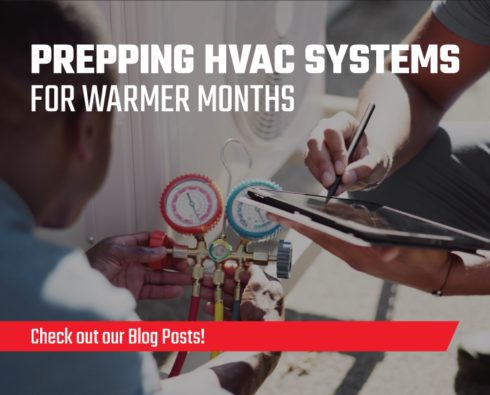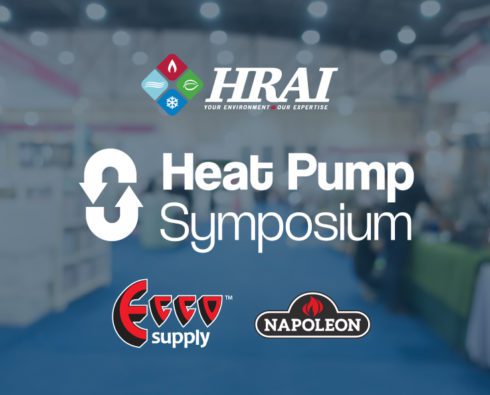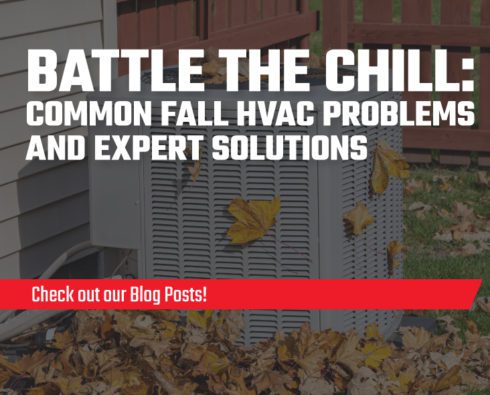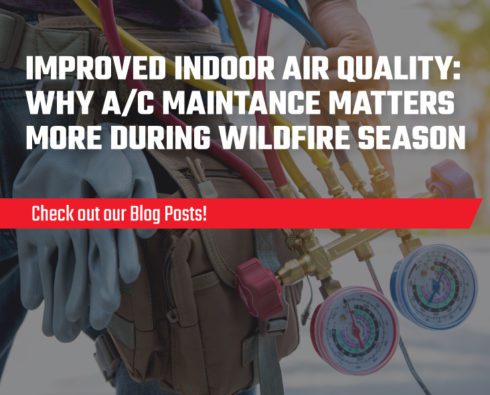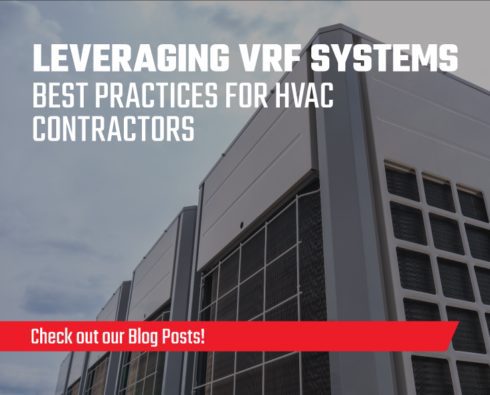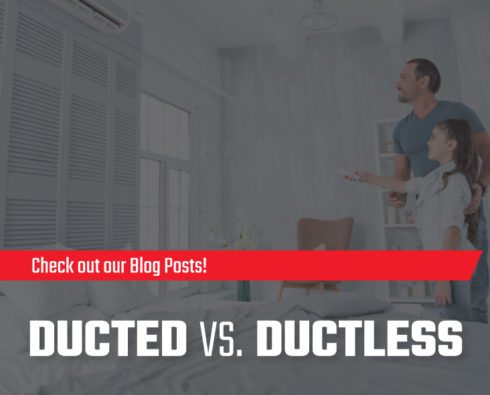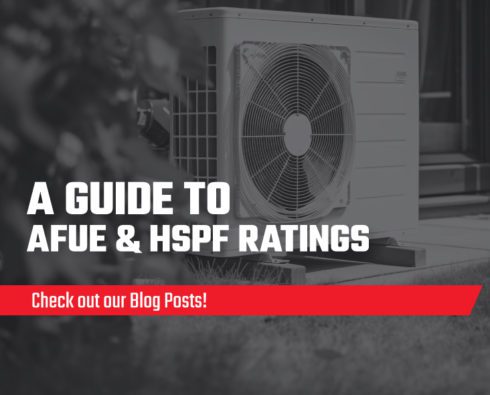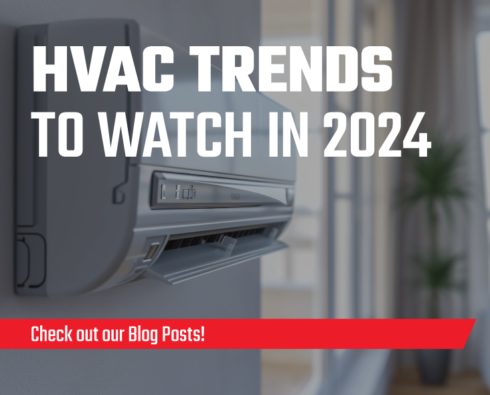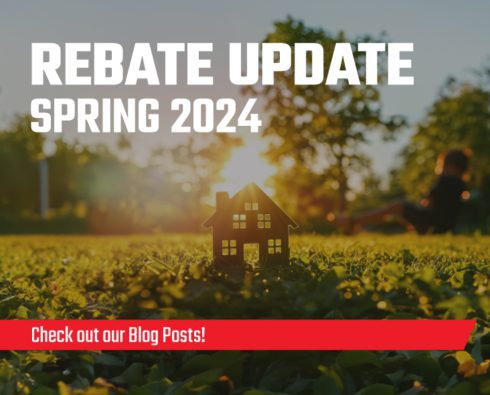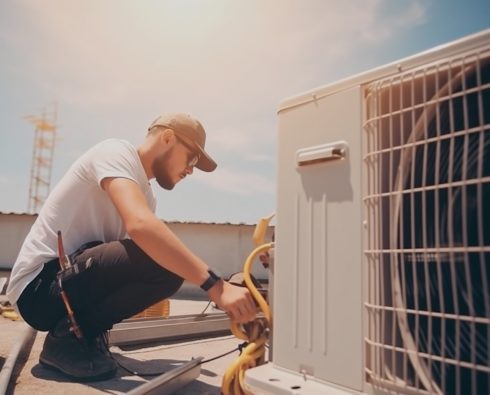
Innovations to Watch for in Fall 2023
To say summer 2023 was hot is an understatement. July was the hottest month ever recorded worldwide. And in some cases, these scorcher summers are pushing energy grids to their limits.
As extreme weather events like this become increasingly common, the demand for AC is only growing. Not only that, as homeowners look to make their living spaces more hospitable during the hottest months of the year, many are opting to buy or upgrade their HVAC systems as a whole.
If you’re an HVAC contractor or installer, here’s a look at a few of the most significant HVAC trends and innovations to consider as we move into fall. Staying on top of these is critical to ensuring you’re able to help homeowners navigate their search for a more efficient HVAC system that meets their needs year-round.
Electrification and decarbonization
The shift from fossil fuels to electrification continues to be a notable change in the HVAC industry. This is driven mainly by a growing awareness of the environmental impact produced by traditional heating and cooling equipment, such as air conditioners and gas-power furnaces. Local and federal governments have also continued to incentivize the switch to more efficient or eco-friendly options, using a mix of rebates in tax breaks.
For this reason, heat pumps have seen a surge in interest and—due to their dual-purpose nature—that will likely continue through the fall. While there’s no shortage of debate on whether heat pumps are more efficient or greener than ACs, many homeowners view them as the option that results in lower energy bills and a lower carbon footprint.
Even places where heat pumps haven’t traditionally been popular are seeing more interest, especially dual fan systems, which can be paired with a gas-powered furnace to provide supplemental heating during the coldest snaps of the year.
Smarter HVAC tech
No one likes a hefty electricity bill. So, it’s no surprise that interest in smarter HVAC tech is on the rise. If you’re an HVAC pro, devices like smart thermostats and home automation systems have significant upsell potential, as homeowners appreciate their ability to make their HVAC systems more efficient (and, by extension, their utility bills cheaper).
Additionally, some smart thermostats and systems can learn your preferences and then make automatic adjustments throughout the day—increasing efficiency and making the home more comfortable with minimal input.
For example, a homeowner can set the smart thermostat to turn off during a particular weekday while they’re working. Home automation systems, which can be programmed to detect when doors are opened or closed and adjust temperatures accordingly, are also becoming more popular.
Evaporative cooling with dehumidification
Evaporative cooling isn’t a new technology but is limited to drier and hotter climates. Equipment like swamp coolers is great in drier environments where adding extra moisture to the air and increasing the humidity in a home isn’t a big issue. These devices are vastly more efficient than air conditioners, but in more humid climates, all of that additional humidity can be a problem.
However, it could soon be a problem of the past as a pair of teams—cSNAP and Blue Frontier—are close to finalizing evaporative cooling systems that simultaneously prevent humidity. These new systems are up to 90% more energy efficient than traditional AC systems and don’t use refrigerants, which are potent greenhouse gases.
These systems may not be widely available or popular this fall, but it’s time to put them on your radar now to get ahead of a potential new trend for 2024.
Variable Refrigerant Flow (VRF) systems
Last but not least, Variable Refrigerant Flow (VRF) systems are another tech trend to watch—especially for HVAC pros who specialize in commercial and industrial settings. This isn’t brand-new technology, but it is on the rise fast, with some analysts expecting VRF’s global compound annual growth rate to increase by nearly 12% by 2027.
VRF systems are flexible and energy-efficient HVAC solutions that allow for individual temperature control in different areas of a building. These systems use a network of small indoor units connected to an outdoor unit. This flexibility enables VRF systems to reduce energy usage by only heating or cooling occupied areas rather than the entire building. It’s particularly well-suited for buildings with multiple floors or areas with different temperature needs, such as offices, schools, and hospitals.
As companies big and small continue to be more fiscally minded and eco-conscious, technologies like VRF will likely see more and more adoption in 2023 and beyond.
Staying on top of industry trends
The increasing demand for more efficient and environmentally friendly HVAC systems is driving widespread innovation in this industry.
From the growth of the heat pump market to the rise of smart home technology and new designs in evaporative cooling, there’s no shortage of exciting developments to watch out for—now and well beyond the new year.
Staying informed about these trends and technologies will be key to meeting your customers’ needs and staying competitive.


